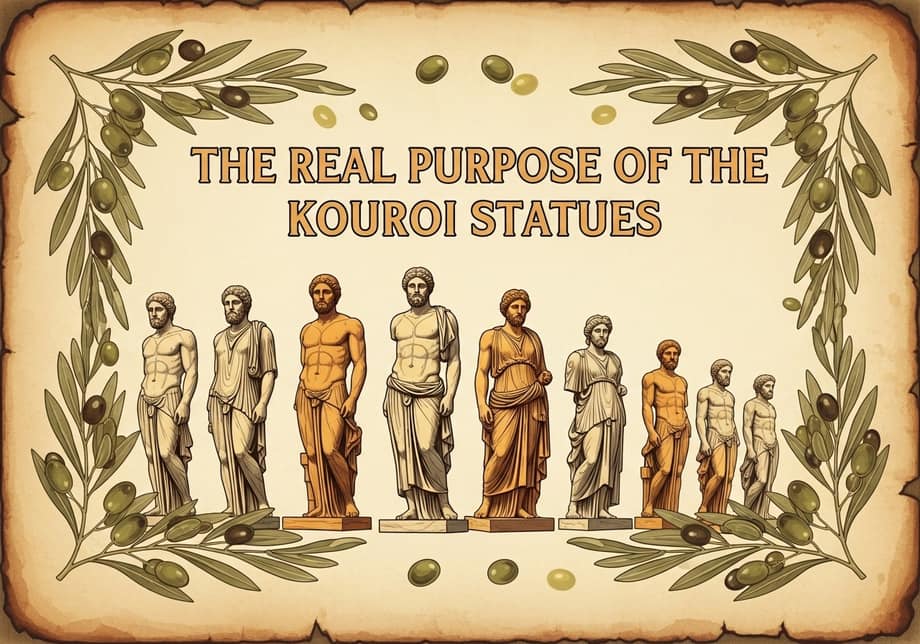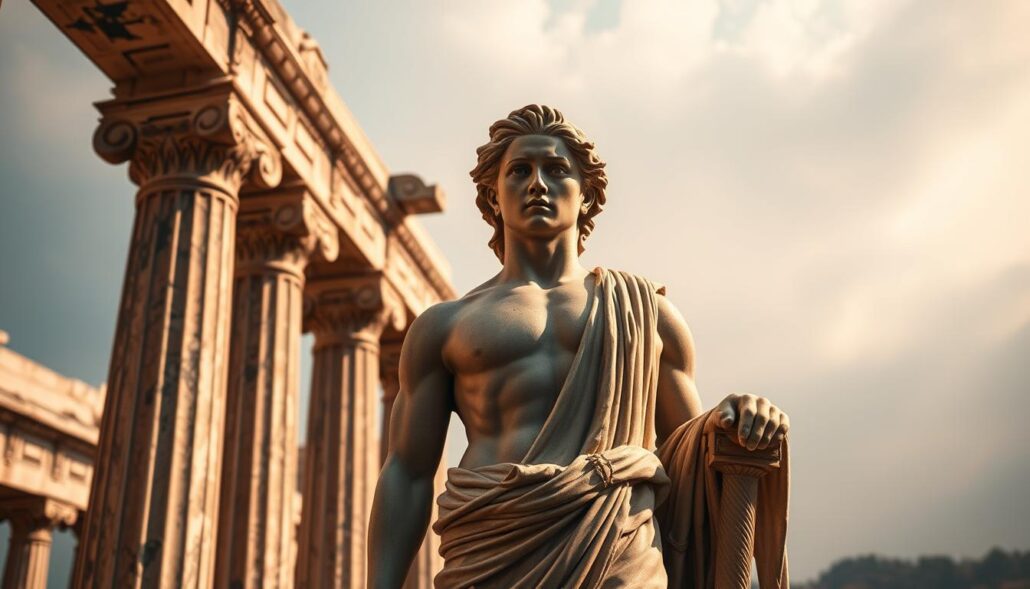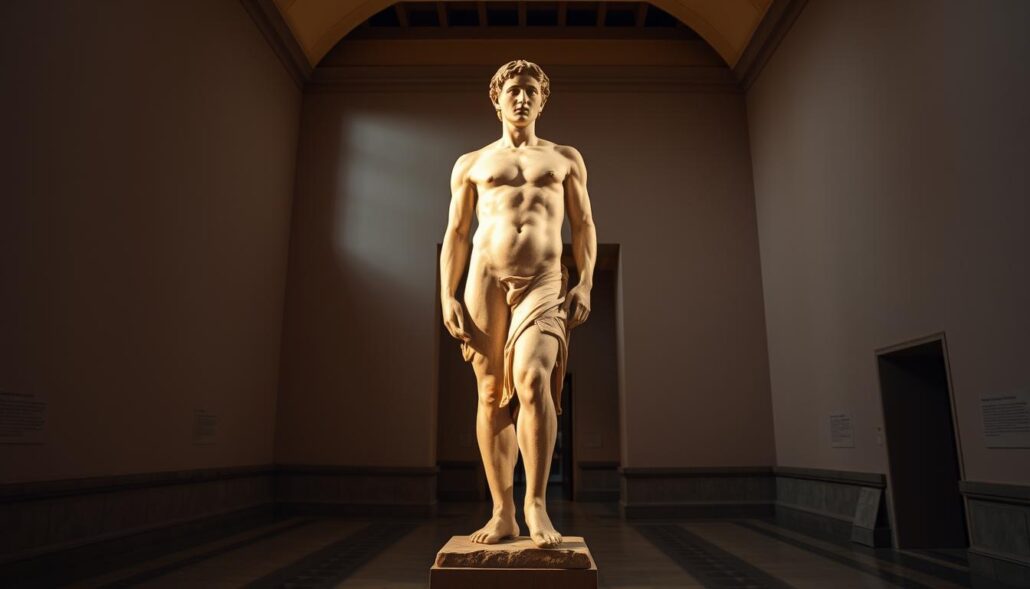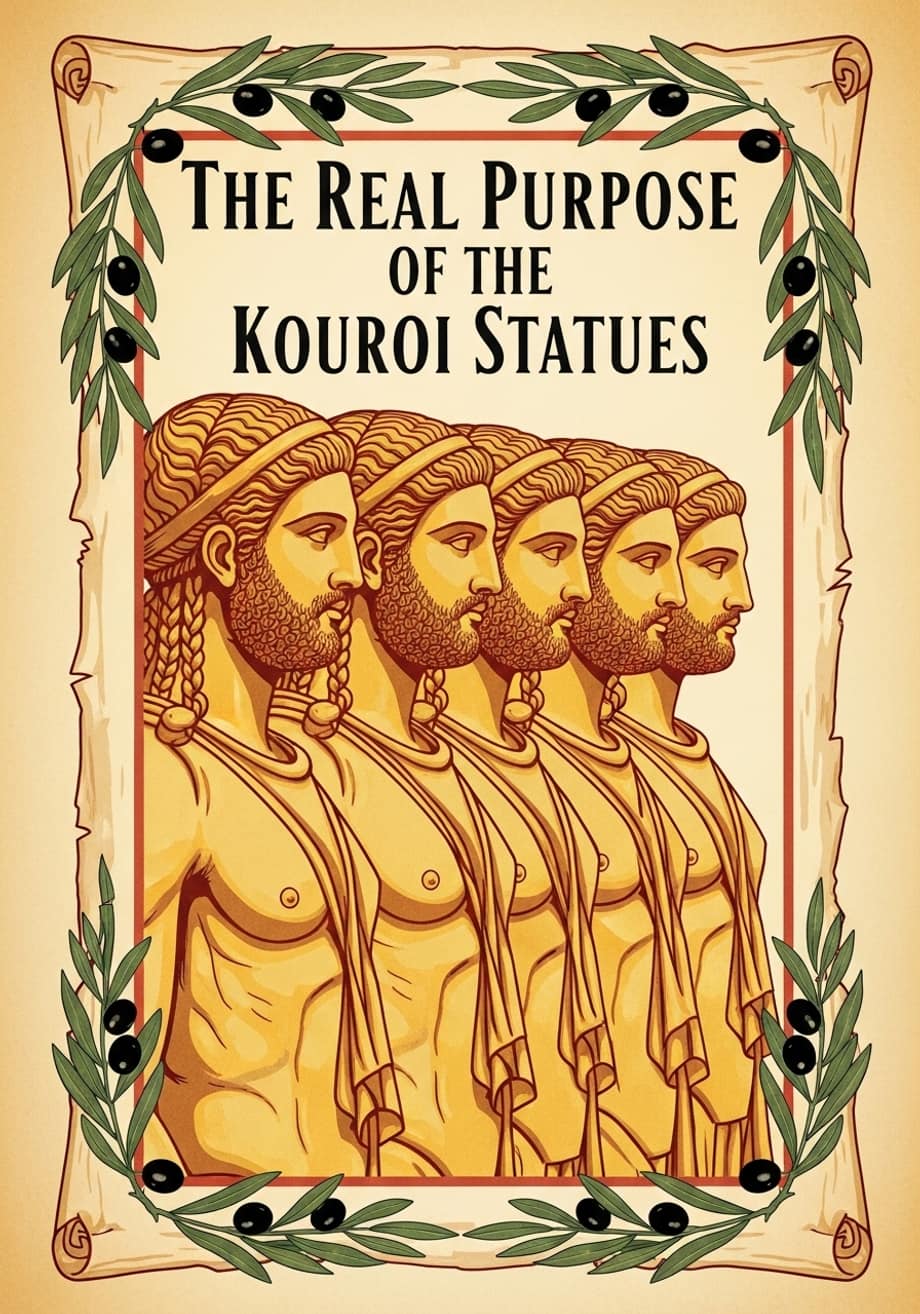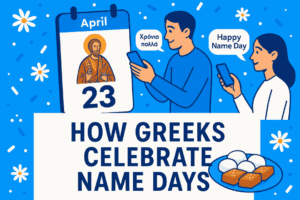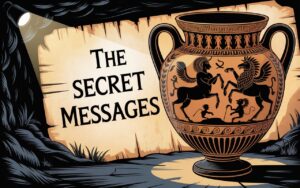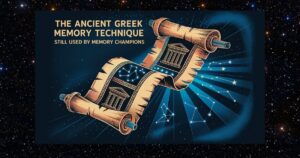Unknown Greek Facts: The Real Purpose of the Kouroi Statues
What if everything you thought about ancient Greek sculptures was missing half the story? These striking nude figures, scattered from Sicily to Asia Minor, hold secrets that challenge modern assumptions about their role in antiquity.
For decades, scholars believed these kouroi simply represented Apollo or served as decorative art. But recent discoveries reveal a far more complex truth. These marble youths, often standing over six feet tall, acted as multifunctional symbols in religious rites, social hierarchies, and even funeral customs.
Found predominantly in Apollo’s sanctuaries, like the 100+ examples at Boeotia’s Apollo Ptoion site, their presence extended beyond worship. Some marked graves, like the Aristodikos figure from 500 BCE, while others commemorated athletic victories. They became physical bridges between mortals and gods, embodying ideals of youth and nobility.
As you explore this guide to ancient Greek sculptures, you’ll uncover how these works shaped cultural identity. From their origins in Archaic Attica to their evolving symbolism, each chiselled contour tells a story modern archaeology is only beginning to decode.
Introduction: Unveiling the History of the Kouroi Statues
Behind every chiselled contour of these marble figures lies a tale of cultural transformation. During the Archaic period (700-480 BCE), Greek artists redefined their craft by shifting from palm-sized bronze offerings to life-sized marvels that reshaped Mediterranean art.
You’ll notice two key changes around 600 BCE. First, sculptors began working with marble instead of metal. Second, their subjects, always young males, gained new symbolic weight. The word kouros itself hints at their role: it translates to “youth of noble standing” in ancient Greek.
Three facts reveal their cultural importance:
- Over 200 examples survive, scattered from Athens to Anatolia
- Most stand between 1.8-3 metres tall
- They maintained consistent features for 12 generations
This wasn’t just artistic evolution. The statues’ spread across Greek colonies shows how they became shared cultural markers. Recent art archaeology reveals they served as:
- Votive offerings in temples
- Grave markers for elites
- Political statements in city squares
By the 6th century BCE, these figures dominated sacred spaces and burial grounds alike. Their enduring presence suggests they answered deeper societal needs, far beyond simple decoration.
Historical Context and Origins of Greek Kouroi
The story of Greek sculpture begins with an unexpected cultural handshake across the Mediterranean. Early kouroi didn’t emerge in isolation, their form owes much to Egypt’s monumental works. You’ll find this artistic dialogue preserved in marble from Attica to the Nile Delta.
Egyptian Influences and Trade Relations
Long before the New York Kouros graced modern museums, Greek traders studied Egyptian techniques at Naukratis. This 7th century BCE trading hub became a workshop for ideas. Archaeologist Eleanor Guralnick’s 1978 research proved it: her 3D analysis showed early kouroi matched Egypt’s 26th Dynasty grid system precisely.
Developments in Local Greek Craftsmanship
Greek artists didn’t just copy, they reinvented. By 600 BCE, they’d swapped Egypt’s 21 part grids for flexible ratios based on natural anatomy. Iron chisels let them shape marble with unprecedented detail. The New York example shows this shift: its limbs follow Greek proportions despite early Egyptian-style rigid poses.
Three innovations marked this period:
- Transition from flat planes to rounded muscle groups
- Use of local marble quarries
- Experiments with dynamic weight distribution
This development created a new visual language. Where Egyptian statues symbolised eternal order, Greek works celebrated human potential, a difference you can still spot in museum galleries today.
Purpose of the Kouroi Statues: Their Role and Significance
Imagine walking through an ancient Greek sanctuary when a pair of marble youths stops you in your tracks. These weren’t just artistic showpieces, they served as multipurpose cultural tools that shaped how communities honoured both mortals and deities.
You’d find these figures fulfilling roles modern museums rarely explain. Some guarded graves as eternal tombstones, like those in Attic cemeteries bearing names like ‘Aristion of Paros’. Others celebrated athletic stars, acting as bronze age equivalents of Premier League trophies for game victors.
Their spiritual function might surprise you. While many associate them with Apollo, discoveries at Hera’s Samos sanctuary and Poseidon’s Sounion complex prove they were versatile offerings to various gods. The famous Delphi Twins showcase this perfectly:
“Kleobis and Biton’s matching figures honoured human devotion, not divine power, a rare tribute to mortal virtue.”
Look closer at inscriptions, and you’ll notice most name ordinary men rather than deities. This practice transformed respected individuals into timeless symbols, blurring lines between humanity and heroism. Through these marble ambassadors, communities expressed ideals that still resonate today – achievement, memory, and our eternal reach for significance.
Evolution and Development Over the Centuries
Picture a sculptor’s workshop in 6th century BCE Greece, where chisels chip away at marble to capture the perfect human form. This relentless pursuit of realism drove the development of kouros figures across two centuries, transforming rigid geometric shapes into lifelike masterpieces.
Archaic Period Innovations
You’ll notice six distinct phases in this artistic journey. The earliest Sounion group (615-590 BC) favoured angular shoulders and flat torsos, more architectural blueprint than body. By the Orchomenos Thera phase (590-570 BCE), carvers began rounding muscles, though details looked etched rather than modelled.
The Middle Archaic period brought tension between structure and expression. Tenea Volomandra works (575-550 BCE) balanced block like solidity with naturalistic curves. Later Melos group sculptures (555-540 BCE) smoothed these features into flowing silhouettes that unified styles across Greek colonies.
Three breakthroughs defined the final Anavysos-Ptoon phase (540-520 BCE):
- S-shaped spines suggesting movement
- Accurate anatomical proportions
- Muscle groups carved as volumes, not lines
Remarkably, these features spread rapidly between workshops. A sculptor in Attica might adopt innovations from Samos within a generation. This shared progress explains why the Kritios Boy (c. 480 BCE) could achieve such startling realism – it stood on the shoulders of six centuries of experimentation.
Anatomical Features and Symbolic Details of Kouroi
Ever wondered how stone could capture both mathematical perfection and human vitality? These marble figures achieved this balance through deliberate design choices that blended symbolic meaning with emerging technical skill.
Symmetry and Geometric Precision
Look closely at any early example, and you’ll see the body treated as interlocking shapes. The famous advancing posture, left foot forward, arms rigid, creates dynamic tension through strict symmetry. Even hair follows this rule, with braids mirroring each side like clockwork.
This geometric approach served deeper purposes. By rendering muscles as angular planes rather than organic curves, sculptors emphasised idealised form over individual likeness. The nude surface became a blank canvas for projecting cultural values about youth and potential.
Evolving Expressions and Iconography
That mysterious smile isn’t just artistic flair. Originally a technical solution for carving mouth contours, it gradually symbolised divine favour. Similarly, almond-shaped eyes evolved from schematic circles to lifelike contours that seemed to gaze into eternity.
Later works reveal growing anatomical mastery. Where early torsos resembled stone armour, 6th century BC figures show rib cages expanding with breath. This shift from rigid features to flowing body lines marked Greece’s journey toward classical realism, one chisel stroke at a time.
Function and Cultural Impact in Greek Society
Step into an ancient Greek cemetery, and you’d find marble youths standing guard over aristocratic tombs. These figures weren’t just memorials, they became eternal ambassadors for elite families. Their placement in sacred spaces and burial grounds reveals how power dynamics shaped art across the Greek world.
Honouring the Dead, Appeasing the Divine
Many kouroi served dual roles. As grave markers, they immortalised wealthy individuals. In sanctuaries, they acted as gifts to the gods. Cambridge researchers note their stiff posture conveyed purpose, like men on a mission between earthly and divine realms. Discover more about their dual roles in this kouros study.
Symbols of Elite Status
Where these figures clustered, aristocrats ruled. Their cost and size flaunted family wealth, while their youthful forms symbolised idealised virtue. By linking human achievement to immortality, elites cemented their social dominance. Even in death, they reminded communities of hierarchies carved in stone.

